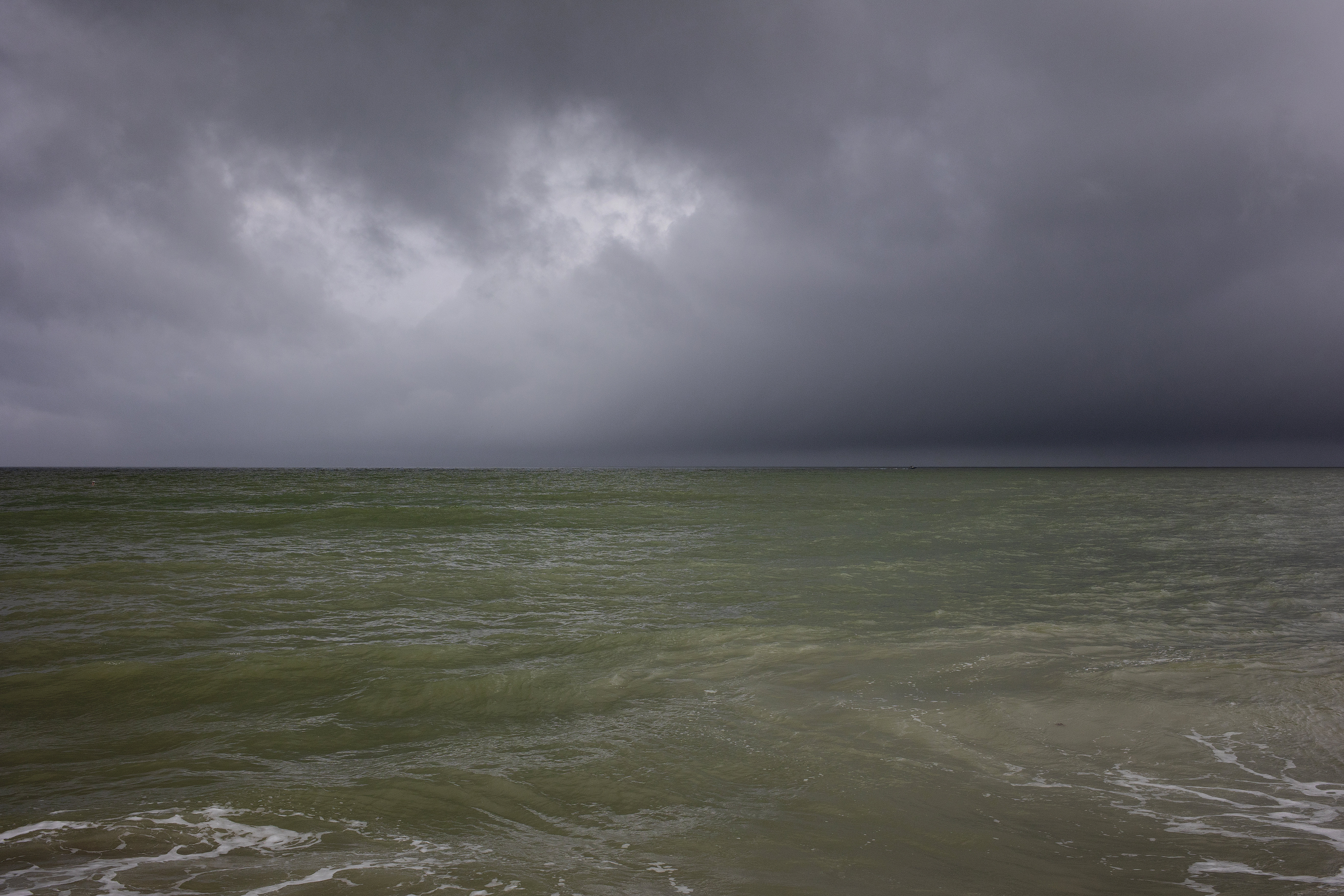In 2023 so far, a recorded 30 people have drowned in Florida due to rip currents, according to data from the National Weather Service.
As officials warn of a high risk of rip currents this holiday weekend, officials are advising beachgoers to take extra precautions.
What to know before heading to the beach this Labor Day:
What is a rip current?
The Hurricane season is on. Our meteorologists are ready. Sign up for the NBC 6 Weather newsletter to get the latest forecast in your inbox.
A rip current is a powerful, narrow channel of water flowing away from the beach and often extending through the breaker zone where waves form. They can emerge on sunny days, and can quickly sweep even the strongest swimmer out to sea.
“A rip current, basically, is water likes to go downhill. When breaking waves hit the shore, they get pushed up the beach,” said Daniel Noah, Warning Coordination Meteorologist with the NWS office in Ruskin, Florida. “It’s trying to find the easiest way to get back into the water. And it finds these rip current channels and it can rapidly move back into the Gulf or the ocean.”
“The movement of water has a lot of force,” he added. “It’s dangerous for kids, it’s dangerous for adults, it’s dangerous for vehicles.”
Where should I look for rip currents?
Rip current can be difficult for the average beachgoer to identify, according to the NWS. They most typically form at low spots or breaks in sandbars, and also near structures such as groins, jetties and piers, according to the NWS. The agency advises to look out for the following clues:
- Channel of churning, choppy water
- Area having a notable difference in water color
- Line of foam, seaweed, or debris moving steadily seaward
- Break in the incoming wave pattern
One, all or none of these clues may be visible.
How do I avoid rip currents?
According to the National Weather Service:
- Check the latest surf forecast before heading to the beach.
- Learn to swim in surf and never swim alone.
- Swim near a lifeguard.
- Look for posted signs and warning flags, which may indicate higher-than-usual hazards.
- Check with lifeguards before swimming and follow lifeguard instructions.
- Be cautious. Always assume rip currents are present even if you don't see them.
If in doubt, don't go out!
What if I get caught in a rip current?
- Relax.
- Don't try to swim against a rip current — that will only use up your energy.
- Swim along the shoreline until you escape the current's pull. When free from the pull of the current, swim at an angle away from the current toward shore.
If you feel you can't reach the shore, relax, face the shore, and call or wave for help. If at all possible, only swim at beaches with lifeguards.
Check out the NWS's Rip Current Toolkit for more.



